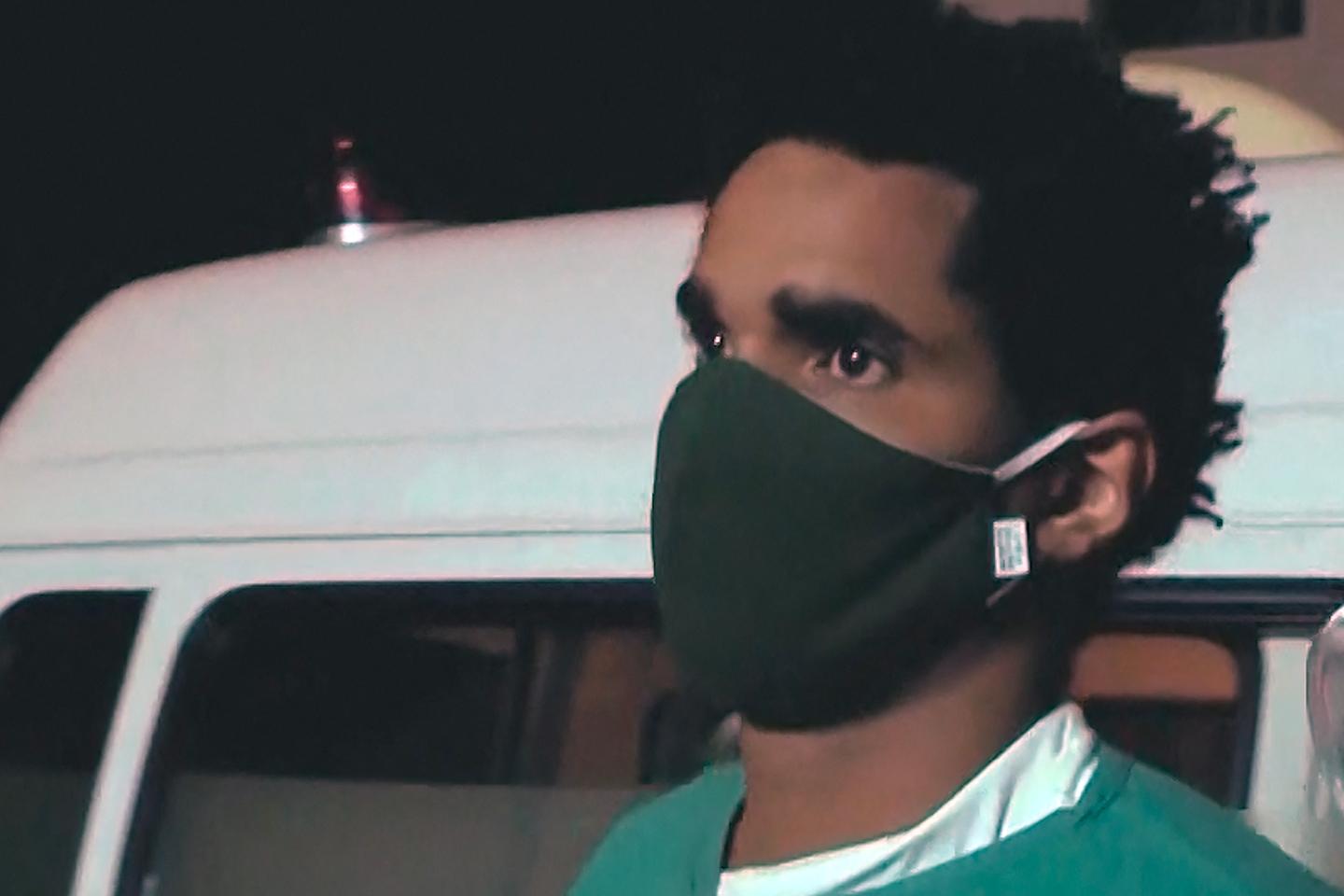


Night fell in Havana and, in a bar in the old town, several artists were happily reunited after months apart. Some had been abroad, others hardly ever left their studios, while a few worked in the tourist industry to make ends meet. "As artists, we have the privilege of being able to travel to take part in exhibitions and residencies abroad," said Eduardo (all first names changed), a painter, on his return from Europe. One of his friends asked him, with a mischievous look on his face: "Have you thought about not returning?" With a sigh, Eduardo said: "The eternal question that comes up every time we travel because it would be easy to go the English way, as many young Cubans dream of doing."
At a time when the country is facing the worst social crisis in its history – nearly 500,000 Cubans are said to have left the island in recent years, mostly in precarious conditions, selling everything they own in Cuba – Eduardo nevertheless returned. "Firstly, my mother is old, and above all, I love this country deeply despite all the difficulties."
In the group, no one wanted to talk politics. Eduardo has never defended the Cuban government, but he also refuses to side with the opposition. "They're using artists for their cause and I don't think that's right," said the man with an imposing frame. "If you're like Cuban artist Tania Bruguera, who stages her activism, you've got the art world at your feet. But if you're not, you're of no interest to collectors and galleries, who only look for artists who criticize the regime and are exiled to Miami, New York and Madrid," he said, bitterly, in front of his nodding friends.
'Homeland and life'
The artistic community is often portrayed as the heart of protest against the Cuban regime, particularly since the creation of the San Isidro movement in 2018 to oppose a decree requiring artists to declare all activity to the Ministry of Culture. These filmmakers and musicians have staged various protests in recent years, including sit-ins and hunger strikes in several cities. They have also composed a song, "Homeland and Life," which has become the slogan of their protests – in opposition to Fidel Castro's "Homeland or Death," which is painted on many of the island's walls. "The slogan 'Homeland and Life' spoke much louder than any political analysis and really resonated with the population," said Janette Habel, a researcher at the Institute of Advanced Latin American Studies (IHEAL) in Paris and a specialist in Cuba.
In the bar, several of the waitresses were former students in Eduardo's art classes at Havana's School of Fine Arts. They too do not deal with politics in their work, but all have been approached by opposition circles at some point. "We're between a sickle and a hammer," said one of them, smiling, "caught between an opposition that's trying to recruit us and the regime, which could send us to prison for a few critical sentences."
You have 55.83% of this article left to read. The rest is for subscribers only.
